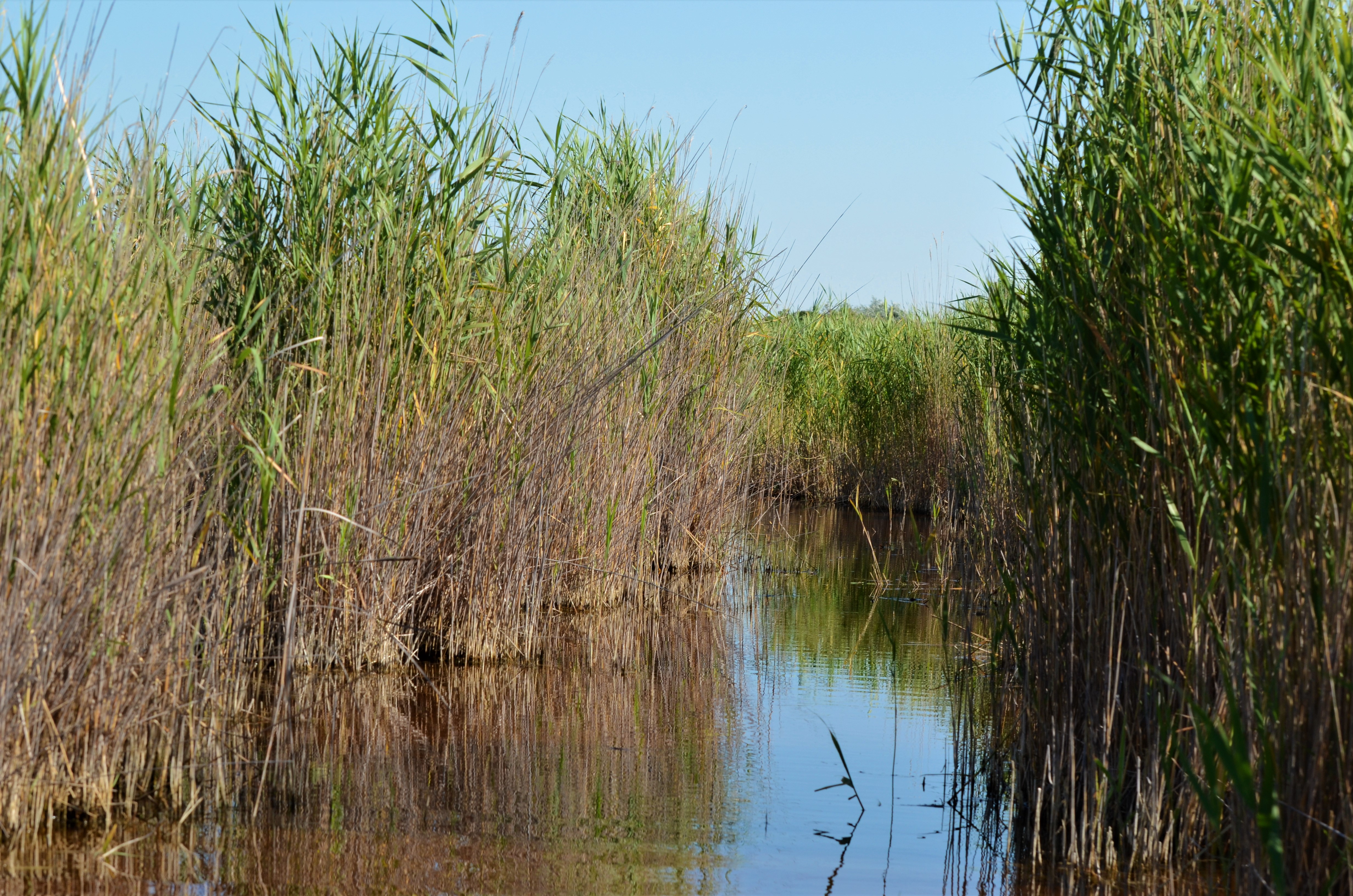How sustainable is heating with wood?
Heating with wood is considered climate-neutral. The EU Parliament has just decided again that biomass from wood is still considered a renewable energy source. However, wood from harvesting measures that are carried out exclusively to generate energy, so-called primary wood, is excepted from this climate-neutrality.
Opinions in the various research groups are still divided as to how sustainable heating with wood really is. “From an environmental point of view, burning beech logs is worse than heating with natural gas,” says scientist Klaus Hennenberg from the Darmstadt Institute for Ecology. He conducts research on the sustainability of bioenergy and forest modelling.
Forests as CO2 sinks
Trees grow again and wood only releases as much CO2 as it has previously bound when it is burned. On the other hand, if trees are cut, the storage capacity of the forest decreases and it takes a long time before the new trees replace this capacity. However, this effect has not yet been integrated into the usual greenhouse gas balance.
Wood is a renewable raw material. Consumption is only CO2-neutral if it does not exceed what grows back in the same time.
According to the climate goals that have been set, it is important to bind existing CO2 in the long term. Moors and forests play a crucial role here. Deciduous trees in particular should remain in forests for as long as possible. On the other hand, spruce forests are seen as ecologically less valuable. Their shallow roots do not get along with rising temperatures and climate change. Additionally, bark beetles attack them and many trees die. This wood then has to be removed from the forest anyways and can be further used as firewood.
Timber is the best CO2 sink
The best possible use of wood as a CO2 storage is construction timber. In this form, CO2 is stored for decades or even longer, therefore being the most sustainable. Wooden building materials are also recommended for house renovations. It can be used to produce chipboard or wood fiber insulating materials, which perform very well in comparison to mineral insulating materials.
Fossil fuels or wood?
When burning natural gas and heating oil, less CO2 is released per amount of energy provided than when burning wood. However, when it comes to natural gas and oil, it is important to remember that this is CO2 that has been stored in the ground for millions of years and is now added to the already existing carbon content of the atmosphere. The huge amount of energy required to extract fossil fuels must also be considered.
It has to be mentioned that especially with small wood heating systems, there is always a certain amount of fine dust and thus additional air pollution. In fact, heating with wood causes almost as much fine dust as traffic. Old tiled stoves were therefore banned in Germany already a few years ago. Modern pellet heating systems have almost no fine dust emissions though.
Deadwood – take it or leave it?
Dead trees remain as deadwood in the forest unless it is transported away for further use. Deadwood is deteriorated by microorganisms in a long-lasting process. There is often the argument that CO2 is released into the atmosphere also in this way and that therefore, it could also be burned for energy purposes. However, what tends to be forgotten is that deadwood is a very important habitat for many animals, plants and fungi, which could not survive without it. Hence, deadwood is an important factor in maintaining biodiversity and should not be viewed purely from a carbon footprint perspective.
A difficult decision…
The topic of sustainable heating is controversial and the absolutely right solution still needs to be found. In order to avoid natural gas, it still makes sense in times like these to use existing wood stoves. Nevertheless, politicians should not give any incentives to build new wood-fired heating systems. Heat pumps that can be operated with renewable electricity from wind and solar should be preferred, even if the electricity that is not immediately consumed has to be stored again in some form. But technology is making rapid progress.
Thus, if you already have a wood-burning stove at home, you should make sure that you burn waste or damaged wood and use wood from the region. This is also very important for pellet heating systems.
On a small scale, the demand for firewood can run without competing with nature conservation and even promoting certain forest structures. However, large heating systems need so much wood that the regional pressure on forests and deadwood needed for biodiversity would be too great.
In any case, all sides agree that careful monitoring and restructuring towards environmentally stable, climate-friendly and sustainably managed forests should be the ultimate goal.









